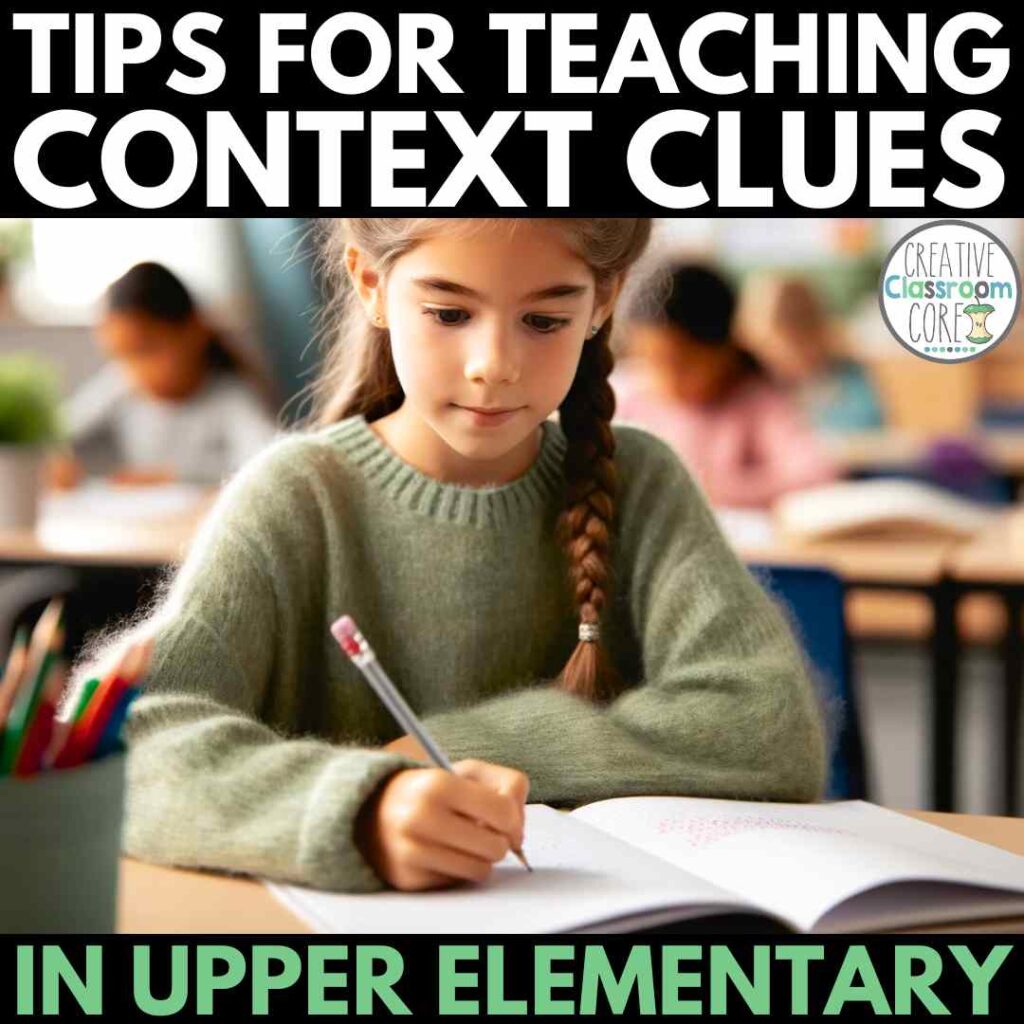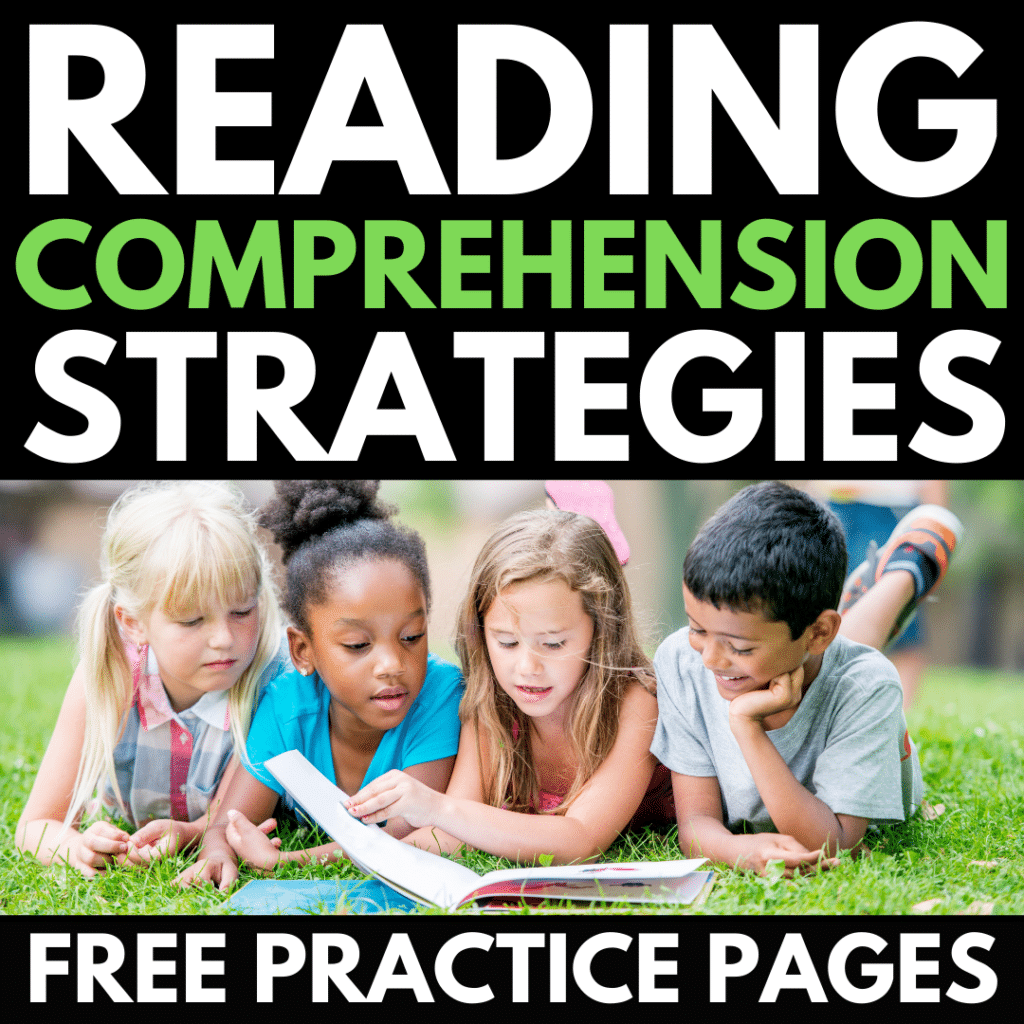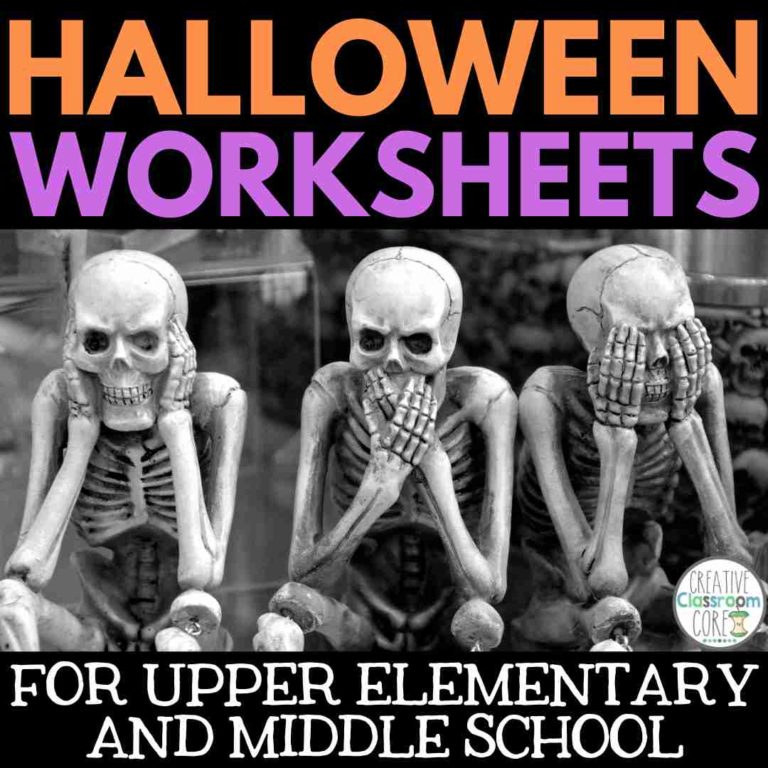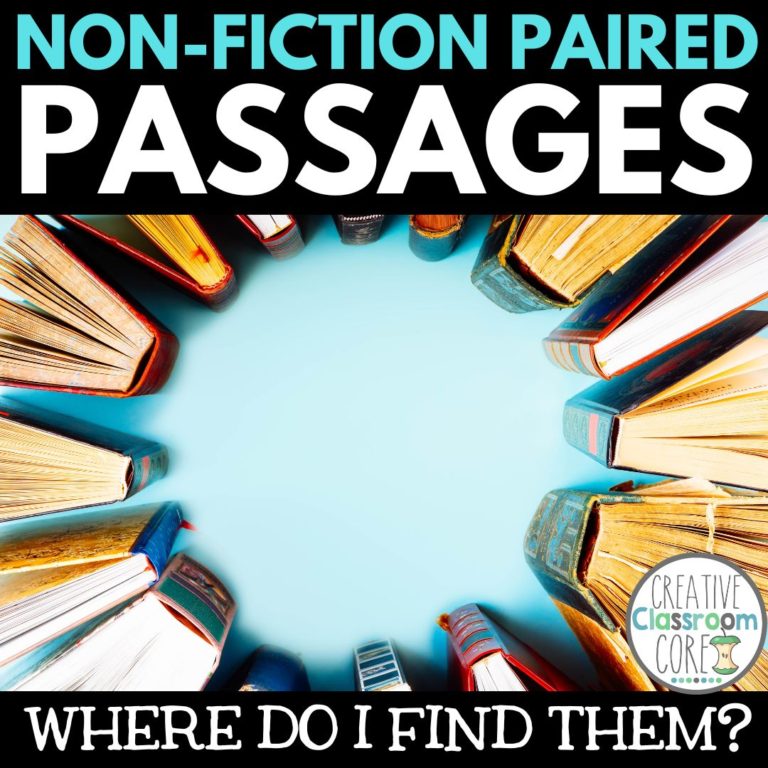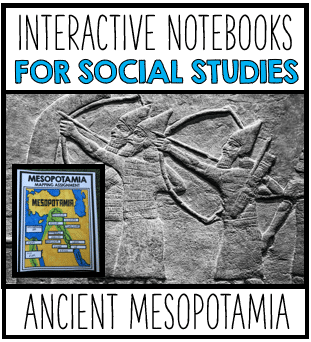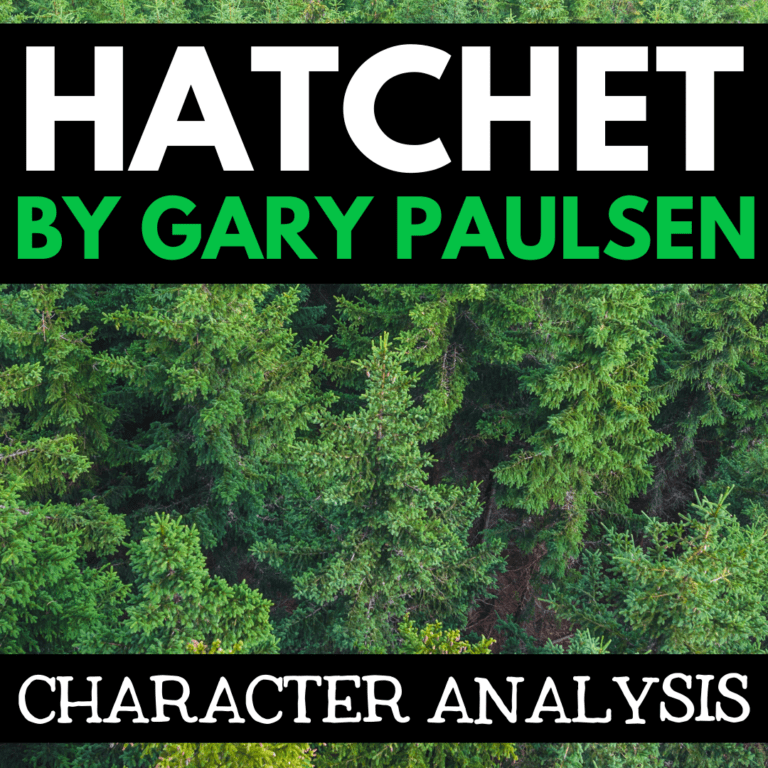Strategies for Teaching context clues
By MARISSA DESPINS Updated April 11, 2024
Teaching Context Clues in Upper Elementary
Understanding new words is key for upper elementary students as they explore more complex texts and build their reading skills. Context clues offer students a way to figure out the meaning of new words right on the spot. Teaching students to use context clues effectively can boost their reading comprehension and confidence. Here’s a look at how we can teach our students to spot these clues and use them to unlock word meanings, enriching their reading journey.
Looking for some free reading comprehension strategies resources that you can print and use in your classroom right away? Click on the image or link below to see all of the reading resources available in my TPT shop!
(This post contain affiliate links which means I make a small commission if you make a purchase, at no additional cost to you. Thank you for your support!)
Why are Context Clues Important?
Reading isn’t just about following a story or gathering information. It’s about connecting dots, thinking critically, and expanding our understanding of the world. When students learn to use context clues, they’re not just decoding words; they’re becoming more independent and thoughtful readers. This skill is crucial as they encounter texts of increasing complexity and diversity.
What are the Types of Context Clues?
There are a few different ways authors help readers infer the meanings of words without stating them outright. Here’s a quick rundown:
- Direct Definitions: Sometimes, the text directly explains the meaning of a new word.
- Synonyms and Antonyms: Other times, synonyms or antonyms are used to hint at what a word means.
- Examples: Providing examples is a common way to give readers a sense of what a word means.
- General Inference: Often, readers can infer the meaning of a word from the overall context of the sentence or paragraph.
- Comparison or Contrast: Words may be defined by how they compare or contrast with something else in the text.
Strategies for Teaching Context Clues
Teaching context clues doesn’t have to be a chore—for you or your students. Here are a few engaging ways to bring this concept to life:
- 1. Context Clue Task Cards Using task cards is a versatile and interactive way to teach context clues. Teachers can create cards with sentences or short passages featuring challenging words. Students use the context provided to infer meanings. These cards can be used in various classroom activities, from group discussions to game-based learning.
- 2. Interactive Games Transform learning into play by designing games around context clues. For instance, create a classroom scavenger hunt where students solve context clue puzzles to find the next clue, or organize a contest where teams compete to solve the most context clues within a set time.
- 3. Writing Assignments Encourage students to write their own sentences or short stories using new vocabulary words, providing enough context for others to infer their meanings. This exercise reinforces their understanding of how context influences meaning and enhances their writing skills.
- 4. Literature Circles Incorporate context clues into reading groups. Assign students the role of ‘word detective’ in their literature circles, where they identify unknown words and use context clues to explain them to the group. This not only improves vocabulary but also enhances collaborative learning.
- 5. Real-World Applications Connect classroom learning with real-world texts by having students practice using context clues with menus, newspapers, or advertisements. This shows the practical value of the skill and encourages its use outside the classroom.
For an engaging resource to help you teach context clues, click on the image or button below. This resource contains 36 different task cards to help your students practice this important skill!

Tips for Using Picture Books for Teaching Context Clues
When using picture books to teach context clues, consider the following tips:
- Choose books with rich, descriptive language that naturally incorporates context clues.
- Pause during reading to discuss what clues helped define new words.
- Encourage students to explain their thought process in identifying the meanings of words.
Picture books for teaching Context Clues
Picture books are truly fantastic resources for teaching context clues, even to older students. Read on for some of my favorites.
Baloney (Henry P.) by John Scieszka
This book is filled with made-up words, pushing students to rely on context clues to understand the story.
Amelia Bedelia by Peggy Parish
The literal misunderstandings of Amelia Bedelia beautifully illustrate the importance of context in understanding language.
The Sweetest Fig by Chris Van Allsburg
This intriguing tale tells the story of a dentist who is given two figs that make dreams come true. The rich, descriptive language and unique plot offer numerous opportunities for students to practice using context clues to understand new vocabulary and the story’s deeper meanings.

Tuesday by David Wiesner
In this nearly wordless book, the illustrations carry the story of a mysterious event involving flying frogs. Students can use the pictures as context clues to help narrate the story themselves, inferring meaning and building a narrative based on visual cues, which is a unique twist on the concept of context clues.
Fly Away Home by Eve Bunting
This heartfelt story about a boy and his father living in an airport dives into themes of hope and homelessness. The narrative is rich with challenging vocabulary that students can decipher using context clues, making it a poignant addition to lessons on both reading strategies and social empathy.
For more great read alouds, check out our holiday favorites, Halloween favorites, and picture books for encouraging a growth mindset!
Wrapping up Context Clues
Teaching context clues is all about showing students how to be resourceful and confident readers. With the right strategies and resources, we can guide them to not just read, but to read with purpose and understanding. As they become more adept at using context clues, they’ll find that the world of literature opens up to them in exciting new ways.
Looking for some free resources to practice reading comprehension?
Grab this full set of Reading Comprehension Practice Pages by clicking on the image below!
Interested in reading more about reading comprehension strategies?
Check out some of my previous posts below.
Building Reading Comprehension Strategies
Visualization Strategies for Reading Comprehension
Text Mapping to aid Reading Comprehension
Questioning Strategies for Reading Comprehension
Interested in signing up for my email list?
If you are interested in signing up for my email list, you can do so by clicking on the link below. I periodically send out emails with free resources, teaching tips, and exclusive deals. Signing up will also give you immediate access to some of my best selling Interactive Notebook resources – foldable activities, graphic organizers, and other fun activities.
